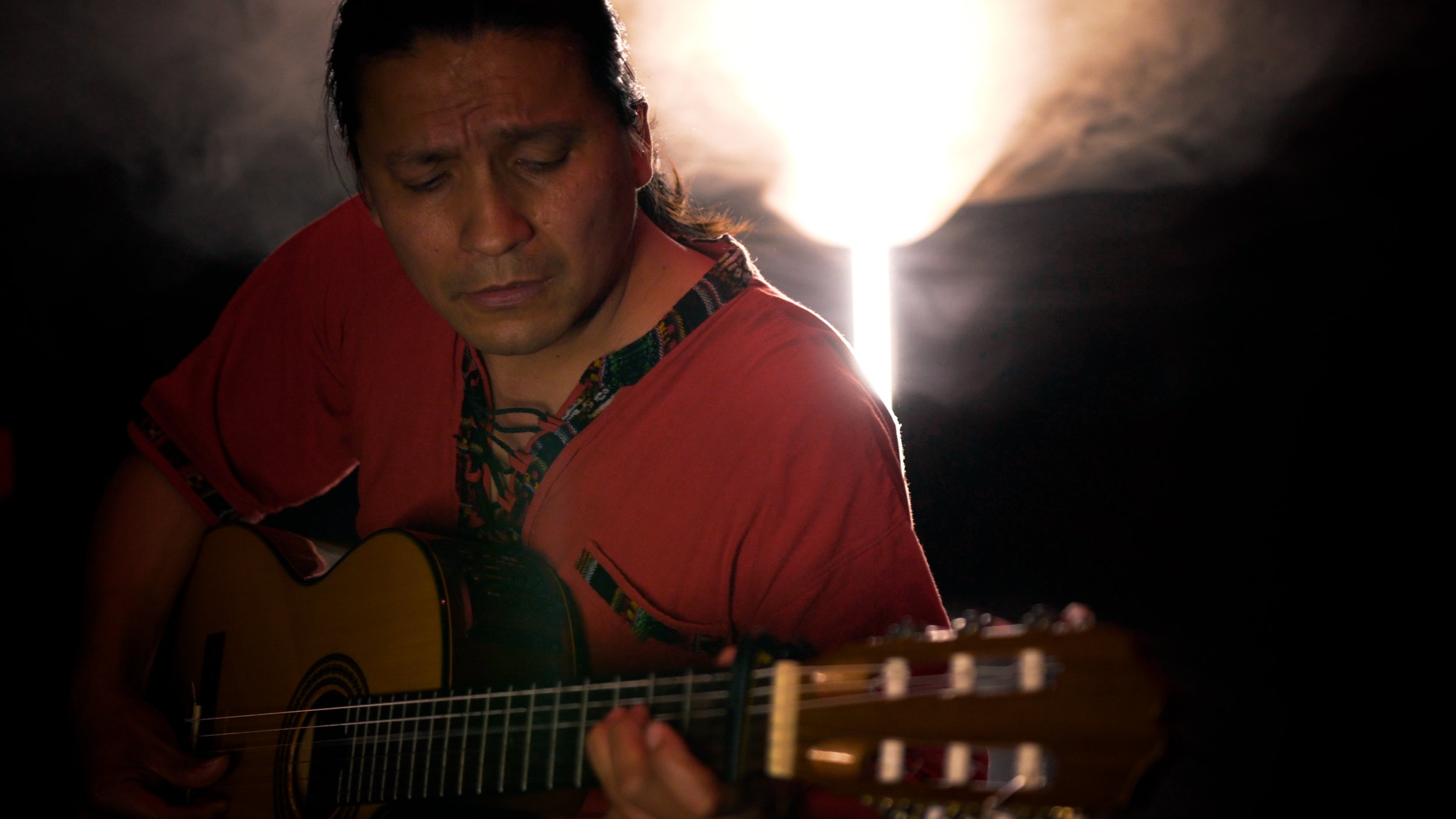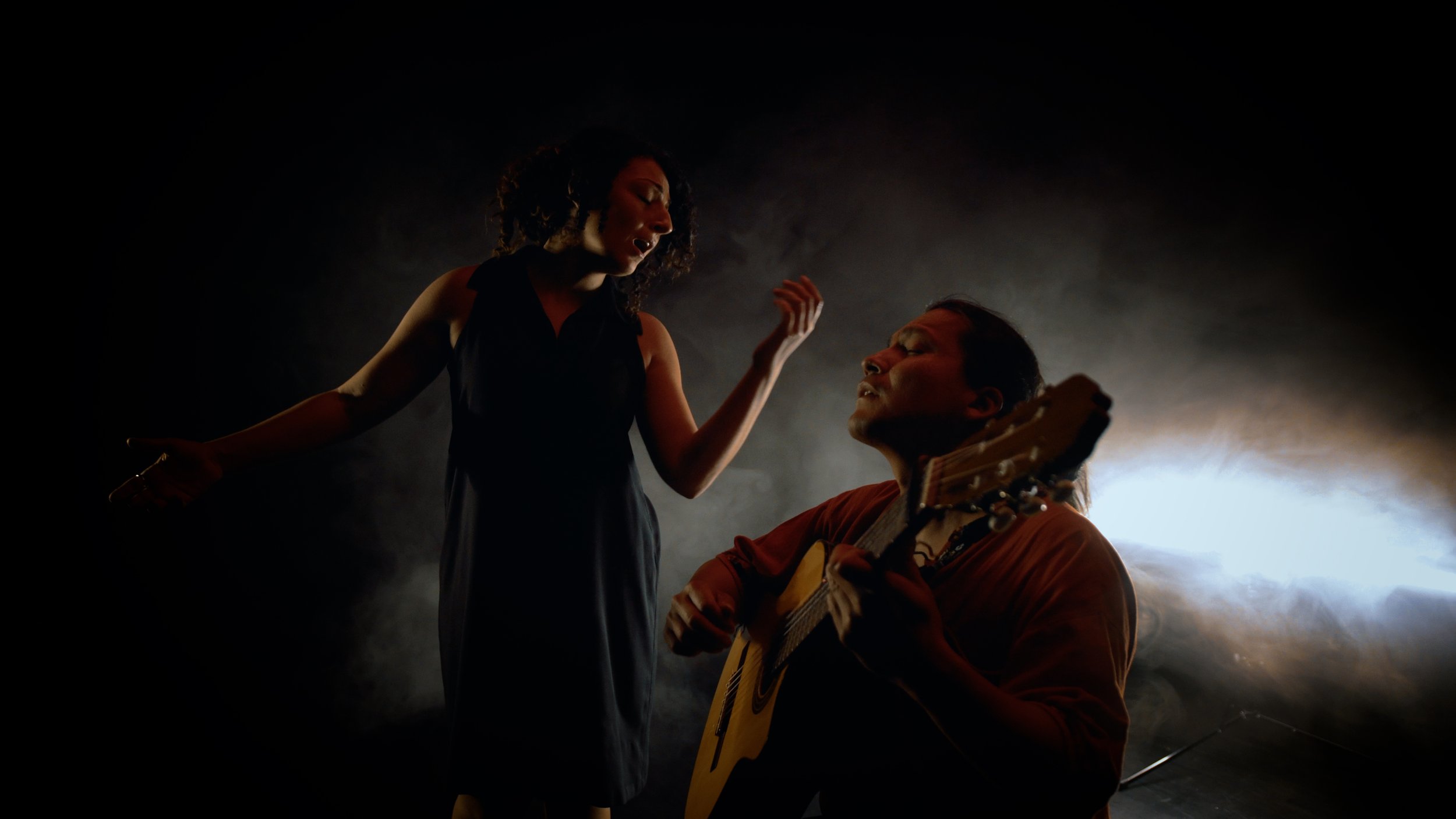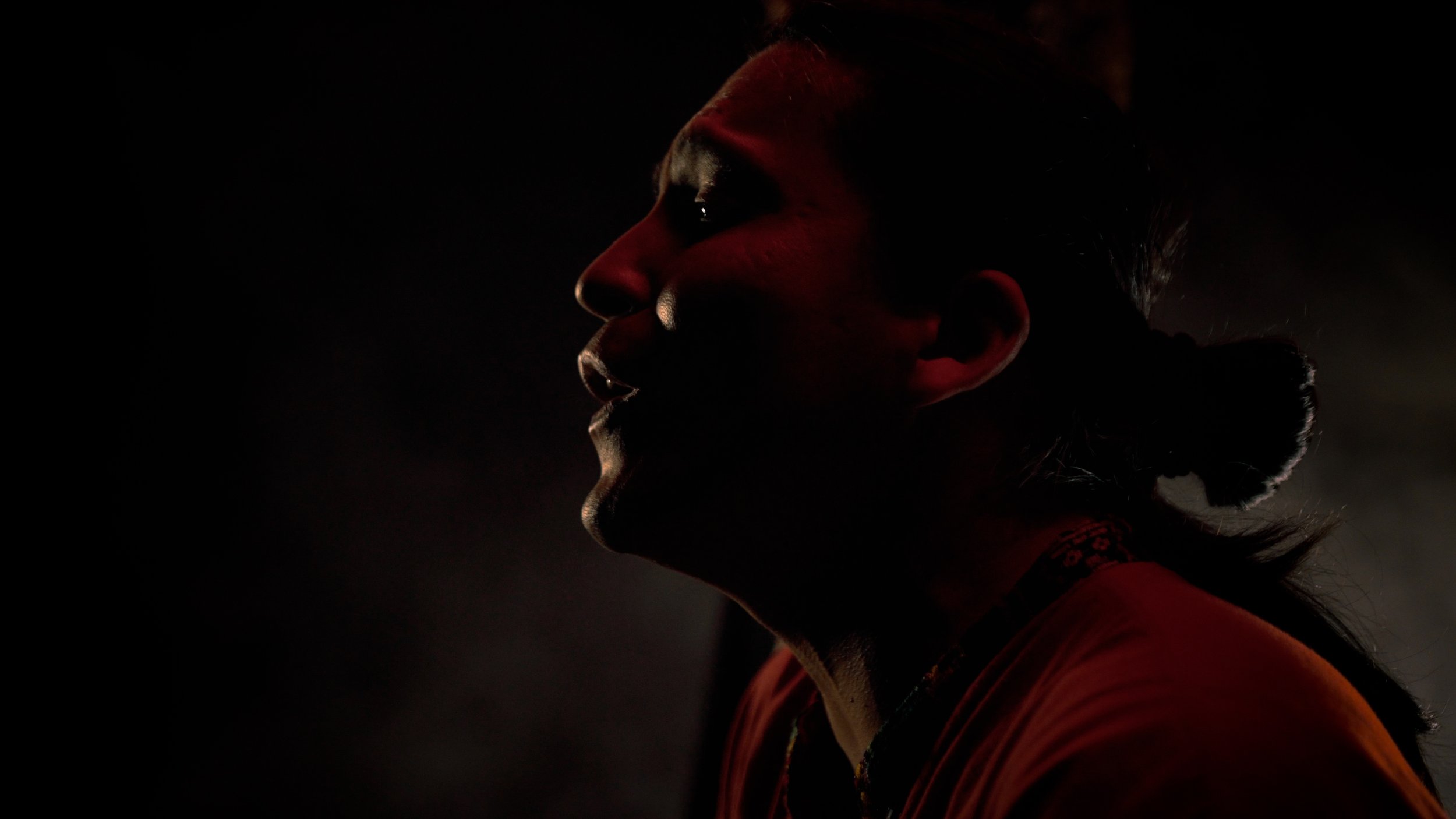NO LO OLVIDEN
No lo olviden (Don’t forget), the fifth and final song/video in Volume 1, is a song about children and the horrors of war. It’s a haunting cry from the diaspora calling out for justice and healing for families and cultures that have been torn asunder by war. Featuring Nadine Altounji singing in Spanish and performing spoken word in Arabic, No lo olviden is a song that flows between continents, languages and musical traditions, bringing together common threads of despair and resilience to suture the wounds of colonization and oppression.
The first part of No lo olviden was influenced by the guitar and cajón (a Peruvian box drum) rhythms of the landó, an Afro-Peruvian musical genre that was created by formerly enslaved peoples and was largely ignored until the 1960s. Landó so captivated David Byrne of Talking Heads fame that he compiled Afro-Peruvian Classics : The Soul of Black Peru, the first internationally released compilation of landó music, in 1995. Like all other colonists and slavers, the Spaniards made a practice of ensuring enslaved people came from different tribes and regions of Africa. This tool of oppression intended to break tribal cohesion and destroy cultural links had the inverse effect, inspiring Afro-Peruvian people to create new musical forms that combined African, Andean and Spanish traditions. Nadine plays the oud and recites Arabic spoken word in the latter half of the song, continuing the cross-cultural pollination.
The lyrics for No lo olviden’s were written by Peruvian poet Marcia Castro Gamarra following their conversations about children, war and the cultural threads that bind us together and to a place. Montreal-based Peruvian singer songwriter Pedro Diaz, co-wrote the music with Nadine and sings in Spanish alongside her while plays guitar. Multi-instrumentalist Mark Alan Haynes co-produced and co-arranged No lo olviden with Nadine.
Shot and edited by Victorine Sentilhes, the video for No lo olviden presents war-ravaged Syria as well as a powerful and metaphorical image of the oud hanging from a tree. The metaphorical image is drawn from an origin story about the iconic instrument and is attributed to the early Islamic philosopher and scholar Abu Nasr Al-Farabi. The oud was created by Noah’s grandfather Lamech, who was inspired after hanging the body of his dead son from a tree. The legend suggests that the shape of the oud resembled the shape of his son’s skeleton. Many others have written about and praised the oud for its healing powers. “It places the temperament in equilibrium … it calms and revives hearts”. This story inspired the project and album title, The Stories That Tie Us to Trees. In the video, the oud imagery symbolizes the suffering of the Arabic people and is a call for healing through music. Music is not only a way for us to carry culture and to transmit tradition but also a path towards healing and a collective uplifting future for all.






Up Next
Bint El Balad is a celebration of women of South West Asian and North-African descent born in the diaspora. It celebrates women who dance between worlds and are transformed. The song brings together Nadine Altounji, Nadia Bashalani and Dana El Masri, three women whose roots run deep into the rich soil of their parents’ Syrian, Lebanese and Egyptian homelands.



